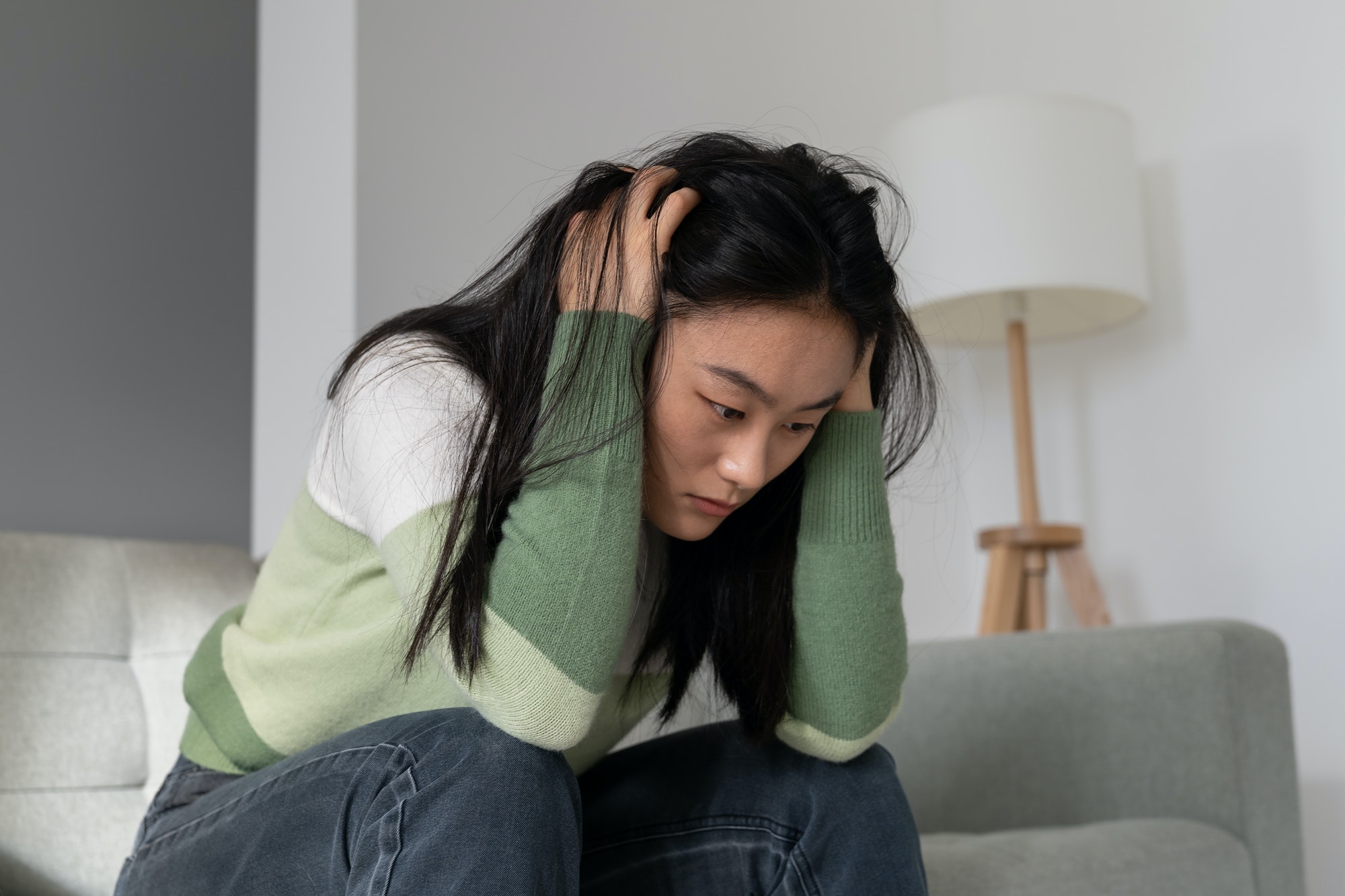Agoraphobia is a type of anxiety disorder characterized by a marked fear or anxiety about being in situations or places from which escape might be difficult or embarrassing or where help might not be available in the event of a panic attack or intense anxiety. As a result, individuals with agoraphobia often avoid certain places or situations, leading to significant impairment in their daily functioning.
Key Features:
- Avoidance of Specific Places or Situations:
- Individuals with agoraphobia often avoid places or situations that they fear may trigger panic attacks or where escape might be challenging. Common situations being avoided include crowded spaces, public transportation, open spaces, being in enclosed places (e.g., shops, cinemas), standing in line, or being alone outside the home.
- Fear of Embarrassment or Helplessness:
- There is often a fear of embarrassment or humiliation if a panic attack occurs in public or in a specific situation.
- Dependency on Others:
- Some individuals with agoraphobia may become dependent on the presence of a trusted companion when they venture into feared situations.
- Isolation and Social Withdrawal:
- Agoraphobia can lead to social isolation as individuals limit their activities and interactions to avoid triggering situations.
- Anticipatory Anxiety:
- A significant component of agoraphobia is the anticipation of future panic attacks, which can contribute to the avoidance of specific places or situations.
Causes and Risk Factors:
- History of Panic Attacks: Agoraphobia often develops in individuals who have experienced panic attacks. The fear of having another panic attack in a particular setting can lead to avoidance.
- Genetic Factors: There may be a genetic predisposition to anxiety disorders, including agoraphobia.
- Trauma or Stressful Life Events: Traumatic experiences or significant life stressors may contribute to the development of agoraphobia.
- Brain Structure and Function: Differences in brain structure and function, particularly in areas related to fear and anxiety, may play a role.
Treatment:
Treatment is individualized based on the severity of symptoms and the impact on the individual’s life. Early intervention is important for improving outcomes and preventing the worsening of symptoms. Treatment often involves a combination of psychotherapy, medication, and support to help individuals gradually confront and overcome their fears.
- Cognitive-Behavioural Therapy (CBT):
- CBT, especially exposure therapy, is often the primary treatment for agoraphobia. Exposure therapy involves gradual and systematic exposure to feared situations, allowing individuals to confront and overcome their fears.
- Medication:
- Antidepressant medications, particularly selective serotonin reuptake inhibitors (SSRIs) or benzodiazepines, may be prescribed to help manage anxiety symptoms.
- Supportive Psychotherapy:
- Supportive psychotherapy may help individuals explore and understand the underlying factors contributing to their agoraphobia.
- Relaxation Techniques:
- Learning and practicing relaxation techniques, such as deep breathing or progressive muscle relaxation, can help manage anxiety symptoms.
- Self-Help Strategies:
- Developing coping skills, setting realistic goals for exposure, and gradually facing feared situations with support can be part of self-help strategies.


